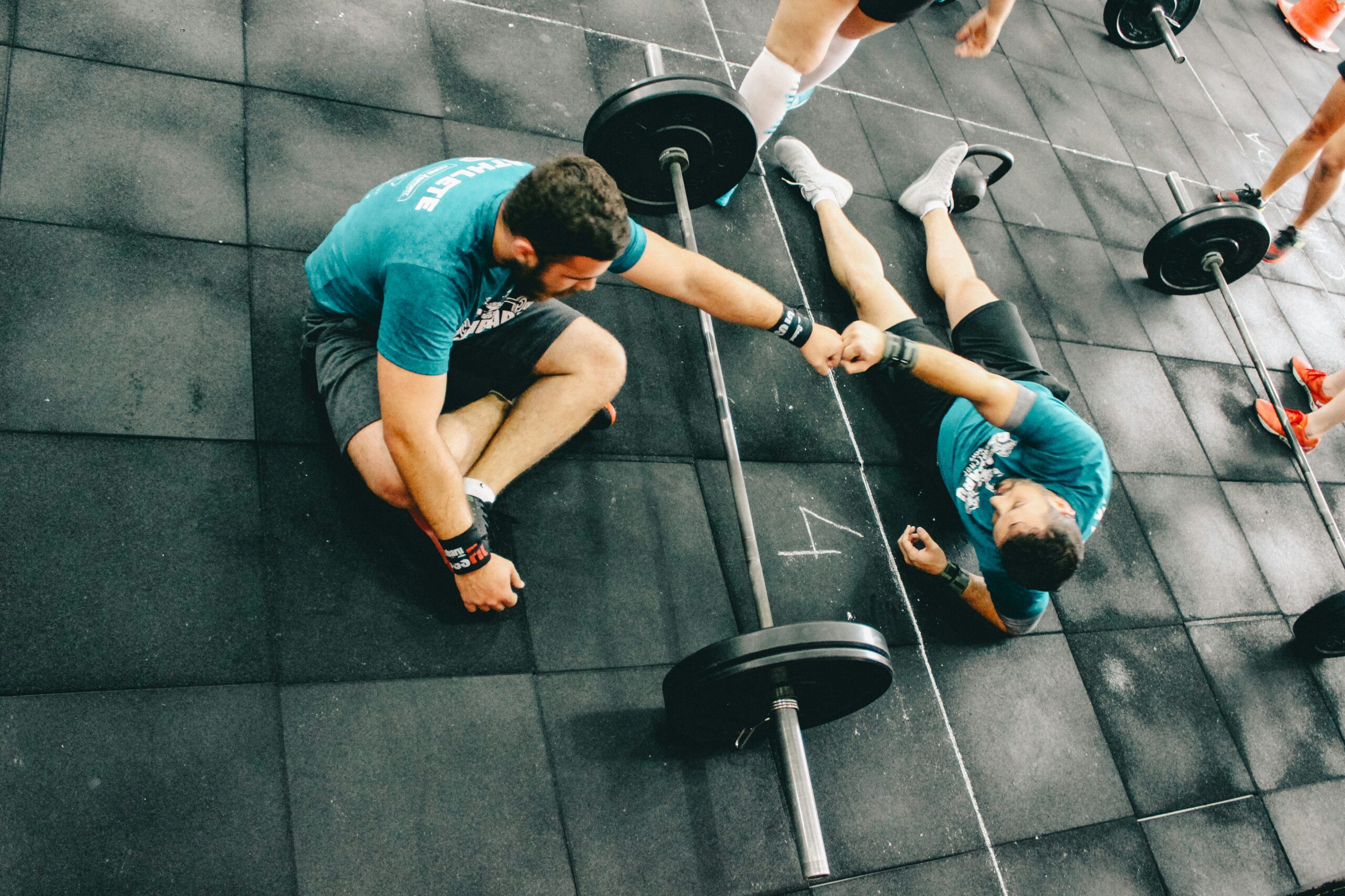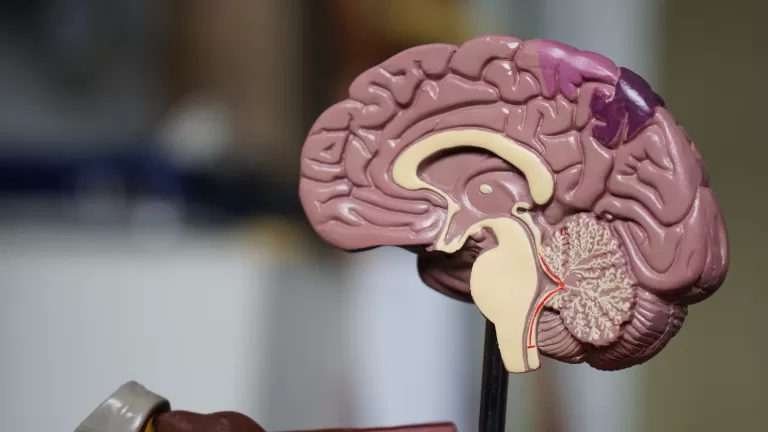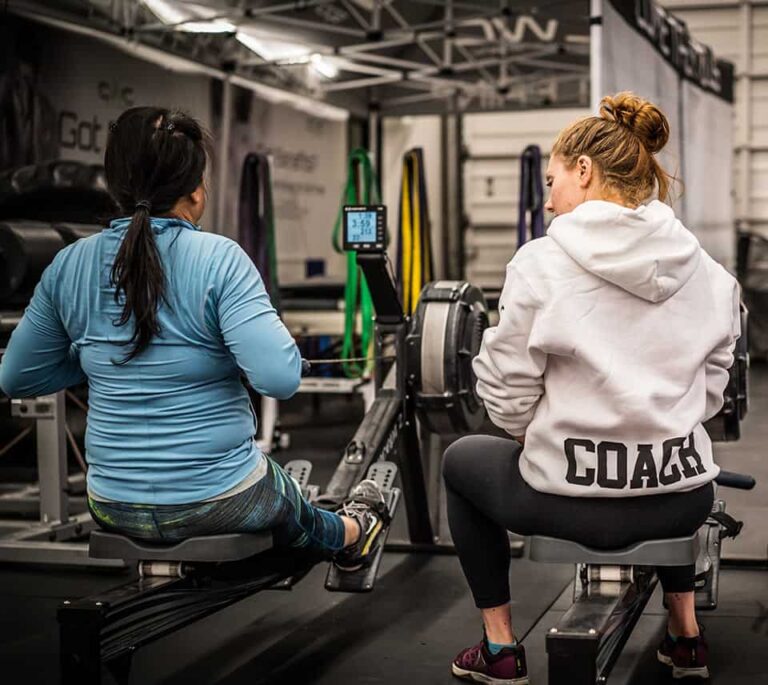HIIT Injuries: Prevention and Treatment Tips for Safe Workouts
High-Intensity Interval Training (HIIT) has surged in popularity due to its impressive health benefits and efficiency. Yet, with its intense nature, injuries can be a common setback. To keep you fit and injury-free, it’s crucial to know how to prevent and treat common HIIT injuries.
From knee issues like meniscus tears to muscle strains and Delayed Onset Muscle Soreness (DOMS), HIIT workouts demand proper techniques and preventive measures. Understanding these injuries and integrating strength training can significantly reduce your risk.
Learn practical tips to safeguard your body, maximize your performance, and maintain your momentum in your fitness journey. Dive into the ways you can stay ahead of injuries and keep reaping the rewards of your high-intensity workouts.
Common HIIT Injuries
High-Intensity Interval Training (HIIT) is popular for its effectiveness, but it comes with a risk of injuries. Knowing what these injuries are can help you stay safe.
Ankle Sprains
Commonly caused by improper form or insufficient warm-ups.
Ensure to warm up your calves and ankles thoroughly. Proper footwear is essential too.
Knee Pain
Often due to overuse or poor technique during jumping exercises.
Strengthening your leg muscles and using proper form can mitigate this risk. Adding strength training to your routine also helps.
Lower Back Pain
Can result from exercises like deadlifts and squats if done incorrectly.
Focus on your posture and engage your core. Use lighter weights until you’re confident in your form.
Shoulder Injuries
Caused by exercises like push-ups and overhead presses.
Work on your shoulder flexibility and ensure your form is correct. Avoid overextending.
Muscle Strains
Resulting from pushing your limits too far, too quickly.
Gradually increase your intensity and listen to your body. It’s crucial to stretch both before and after your workout.
Shin Splints
Common for those who incorporate running or jumping.
Wear supportive shoes and avoid hard surfaces. Proper stretching and gradual intensity increase will help.
RELATED READING: Prevent Shin Splints: Tips and Tricks to Avoid Pain During Exercise
Preventing Common HIIT Injuries
Reducing the risk of HIIT injuries involves key strategies like proper warm-up and cool-down routines, incorporating mobility and flexibility work, and balancing HIIT with strength training. These practices help prevent muscle strain, support joint health, and promote overall body resilience.
The Importance of Proper Warm-Up and Cool-Down
A proper warm-up phase is crucial to prepare your muscles and joints for the intense activity of HIIT. Start with dynamic stretches that target your major muscle groups. Focus on areas like the knees, ankles, shoulders, and low back.
Dynamic stretches include:
- Leg swings
- Arm circles
- Hip rotations
After your workout, engage in a cool-down phase with static stretching to aid muscle recovery and reduce stiffness. Spend a few minutes stretching key areas like your hamstrings, quads, calves, and shoulders.
Static stretches include:
- Hamstring stretches
- Quadriceps stretches
- Calf stretches
Incorporating Mobility and Flexibility Work
Incorporating regular mobility and flexibility exercises can significantly help prevent injuries. Mobility work helps keep your joints, such as knees and ankles, in good condition, while flexibility exercises enhance the range of motion in your muscles.
Key mobility exercises:
- Ankle rotations
- Hip openers
- Shoulder rotations
Effective flexibility exercises:
- Yoga poses like the downward dog
- Hamstring stretches
- Gentle backbends
Such routines help in maintaining proper form during high-intensity movements, thus reducing the risk of overuse injuries and enhancing core strength.
Balancing HIIT With Strength Training
Balancing your HIIT workouts with regular strength training is essential to build muscle strength and stability. Stronger muscles around your joints, like knees and shoulders, can better handle the stress of high-impact activities, reducing the risk of injury.
Strength training exercises:
- Squats and lunges for the lower body
- Push-ups and planks for the upper body
- Core exercises like Russian twists and leg raises
Incorporate strength training sessions 2-3 times a week into your routine. This balance helps improve overall muscle strength, better supports your joints, and enhances your workout performance, greatly reducing the potential for injuries.
RELATED READING: The Importance of Exercise for Injury Prevention and Recovery
Treatment Strategies for HIIT Injuries
When dealing with HIIT injuries, it’s essential to address the specific injury with targeted treatments like physiotherapy or massage therapy and focus on long-term recovery to safely return to training. Addressing rotator cuff tears, Achilles tendonitis, or meniscus tears promptly can help reduce pain and stiffness while accelerating recovery.
Physiotherapy
Physiotherapy plays a critical role in HIIT injury treatment. Working with a physiotherapist helps restore function and improve physical conditioning. Common injuries like rotator cuff tears and Achilles tendonitis can benefit from tailored exercise programs that target strengthening and flexibility.
Your physiotherapist may use gentle movements and stretches to reduce stiffness and increase range of motion. They will likely emphasize the importance of proper form to prevent further injuries. In some cases, they may also employ tools like ultrasound or electrical stimulation to promote healing and reduce pain.
Massage Therapy
Massage therapy can significantly alleviate muscle tension and improve blood flow, aiding the recovery from HIIT injuries. Techniques like deep tissue massage target the deeper layers of muscle and connective tissue, which can be particularly beneficial for injuries involving tendons, such as tendonitis.
Regular massage sessions can help reduce muscle stiffness and promote relaxation, leading to faster recovery times. It also helps in reducing inflammation and enhancing flexibility. For those suffering from a meniscus tear or rotator cuff injury, massage can help break down scar tissue and improve mobility.
Long-Term Recovery and Returning to Training
Long-term recovery involves a comprehensive plan tailored to your injury and fitness goals. It’s crucial to work closely with your team of professionals to monitor progress and make adjustments. Strengthening and conditioning exercises will be pivotal in this phase to rebuild lost muscle mass and endurance.
Start with lower intensity workouts to gradually reintroduce your body to physical activity. Pay attention to any signs of pain or discomfort and avoid overtraining. Your energy levels and overall fitness will improve steadily, allowing you to return to your HIIT routine safely. Remember, patience and consistency are key to a successful recovery.
Conclusion
You’re now equipped with practical strategies to prevent and treat injuries related to High-Intensity Interval Training (HIIT).
Understanding the risks is the first step. According to a descriptive survey, HIIT has an injury prevalence of 46.5%, emphasizing the importance of proper technique and adequate rest.
To maximize benefits while minimizing risks, ensure you’re using good form. Consulting a professional can give you guidance tailored to your specific needs.
Tips for Injury Prevention:
- Warm up properly before starting your HIIT session.
- Stay hydrated to maintain performance and reduce injury risk.
- Listen to your body and avoid pushing through pain.
If you do get injured, focus on appropriate treatment methods. Rest, ice, and over-the-counter anti-inflammatories often help. For more severe injuries, seek professional medical advice.
Key Takeaways:
- Consistency and moderation are crucial.
- Rest and recovery are as important as the workout itself.
- Professional guidance can be invaluable.
Implementing these strategies will help you enjoy the benefits of HIIT while keeping injuries at bay.







